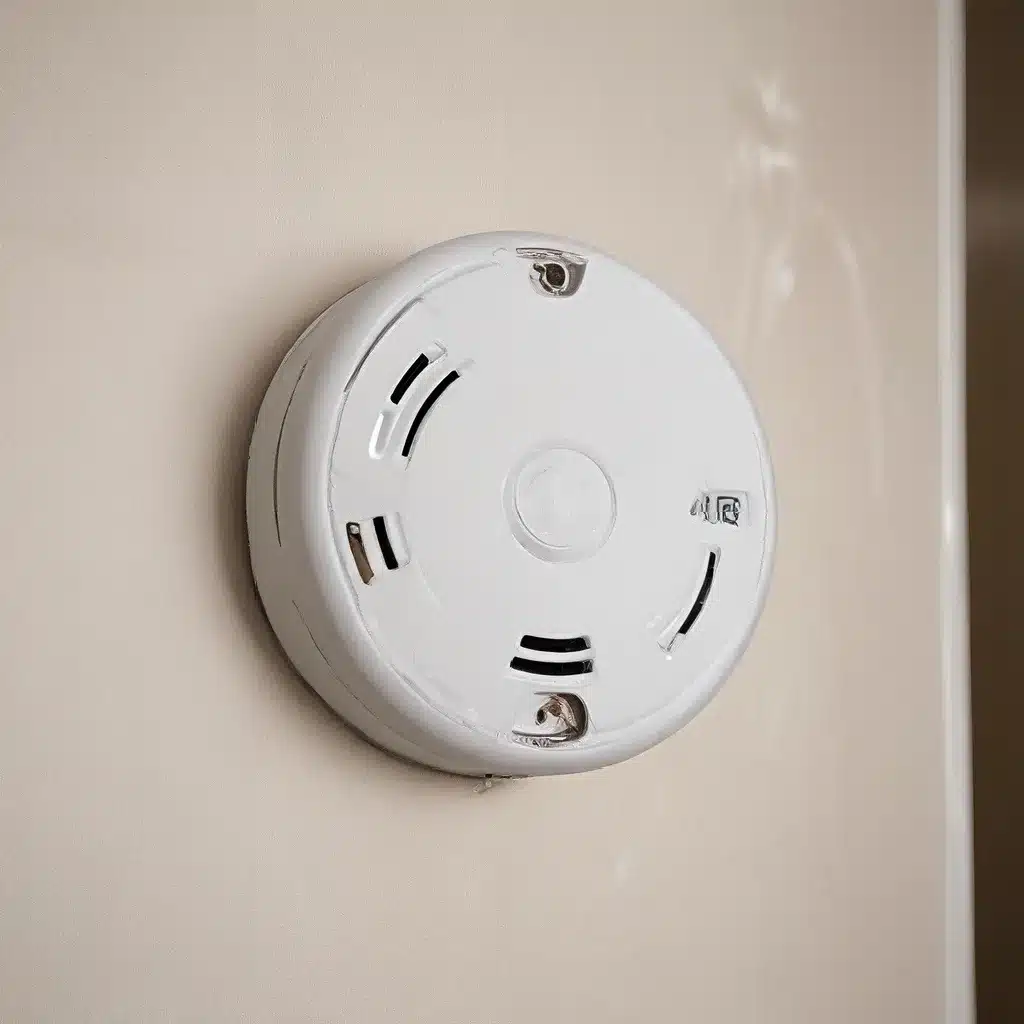
Have you ever woken up with a killer headache, feeling dizzy and nauseous, only to realize it’s not the flu, but something much more sinister? Well, my friends, you may have fallen victim to the silent killer – carbon monoxide (CO) poisoning.
As a general contractor, I’ve seen my fair share of construction-related accidents and emergencies. But let me tell you, CO poisoning is one that can sneak up on you when you least expect it. That’s why today, I want to share some crucial information on how to detect and prevent this deadly gas from infiltrating your home or workplace.
Understanding the Invisible Threat
Carbon monoxide is an odorless, colorless gas that’s produced whenever fuel is burned. Whether it’s from your gas-powered furnace, water heater, or even your car’s exhaust, this toxic substance can quickly build up and wreak havoc on your health.
The Centers for Disease Control and Prevention (CDC) reports that each year, more than 400 Americans die from unintentional CO poisoning, with over 100,000 seeking emergency medical attention and 14,000 being hospitalized. And the really scary part? CO poisoning can occur before you even realize there’s a problem.
You see, the initial symptoms of CO exposure – headaches, dizziness, nausea, and fatigue – are often mistaken for the flu or other common illnesses. But as the concentration of the gas increases, it can lead to more severe complications like confusion, unconsciousness, and even death. Infants, the elderly, and those with underlying medical conditions are particularly vulnerable.
Detecting the Invisible Killer
So, how do you know if you’re at risk of CO poisoning? The first line of defense is to install battery-operated or battery-backed-up CO detectors in your home, especially near every sleeping area. These nifty gadgets will sound an alarm if dangerous levels of the gas are detected, giving you a crucial early warning.
When shopping for CO detectors, consider ones with a digital readout. According to the CDC, these models can tell you the highest concentration of CO in your home, not just when the alarm is triggered. This information can be a valuable tool in identifying and addressing the source of the problem.
Remember to check your CO detector batteries twice a year when you change your clocks for daylight saving time. A fresh set of batteries can mean the difference between life and death when it comes to these essential safety devices.
Preventing the Buildup
Of course, the best way to handle CO poisoning is to stop it before it starts. That’s why it’s crucial to have your home’s fuel-burning appliances and systems regularly serviced by a qualified technician.
The CDC recommends getting your heating system, water heater, and any other gas, oil, or coal-burning appliances checked annually. This helps ensure they’re vented properly and running efficiently, minimizing the risk of CO buildup.
When it comes to new gas equipment, always look for the seal of a national testing agency like Underwriters Laboratories (UL). This ensures the product meets safety standards and is less likely to leak dangerous fumes.
And remember, never try to heat your home with a gas oven or use a portable gas camp stove indoors. These can quickly fill your living space with deadly CO. The same goes for burning charcoal – it’s a no-go for indoor use.
Protecting Your Car
Your vehicle can also be a source of carbon monoxide, especially if there’s a problem with the exhaust system. The CDC recommends having a mechanic check your car or truck’s exhaust system annually to catch any small leaks before they become a bigger issue.
If you have a car or SUV with a tailgate, be sure to open the vents or windows when the tailgate is open. This helps ensure that any CO from the exhaust doesn’t get pulled back into the vehicle’s interior.
And never, ever run your car or truck inside a garage, even with the door open. The fumes can quickly build up and put you and your family at risk.
Staying Safe During Emergencies
Natural disasters and power outages can also increase the risk of CO poisoning. That’s why it’s crucial to only use generators, pressure washers, and other gasoline-powered equipment outside, at least 20 feet away from any doors, windows, or vents.
The American Academy of Pediatrics (AAP) warns that each year, around 50,000 people in the U.S. go to the emergency department for CO poisoning. And tragically, more than 400 people die from it, with children being particularly vulnerable.
So, if you’re planning on using any fuel-burning equipment during a crisis or disaster, make sure you have a battery-powered CO detector nearby to keep an eye on those dangerous levels.
Staying Vigilant and Keeping Your Loved Ones Safe
Carbon monoxide poisoning is a serious threat that can strike at any time, but the good news is that it’s also highly preventable. By taking a few simple steps like installing CO detectors, servicing your appliances, and being mindful of fuel-burning equipment, you can help keep your family, your employees, and your customers safe from this invisible killer.
And remember, if you ever suspect a CO leak or experience symptoms of poisoning, don’t hesitate to get to fresh air and call for medical help immediately. Your quick action could mean the difference between life and death.
Stay vigilant, my friends. Together, we can avoid the dangers of carbon monoxide and keep your general contracting and construction services business running smoothly and safely.
Related posts:
No related posts.




